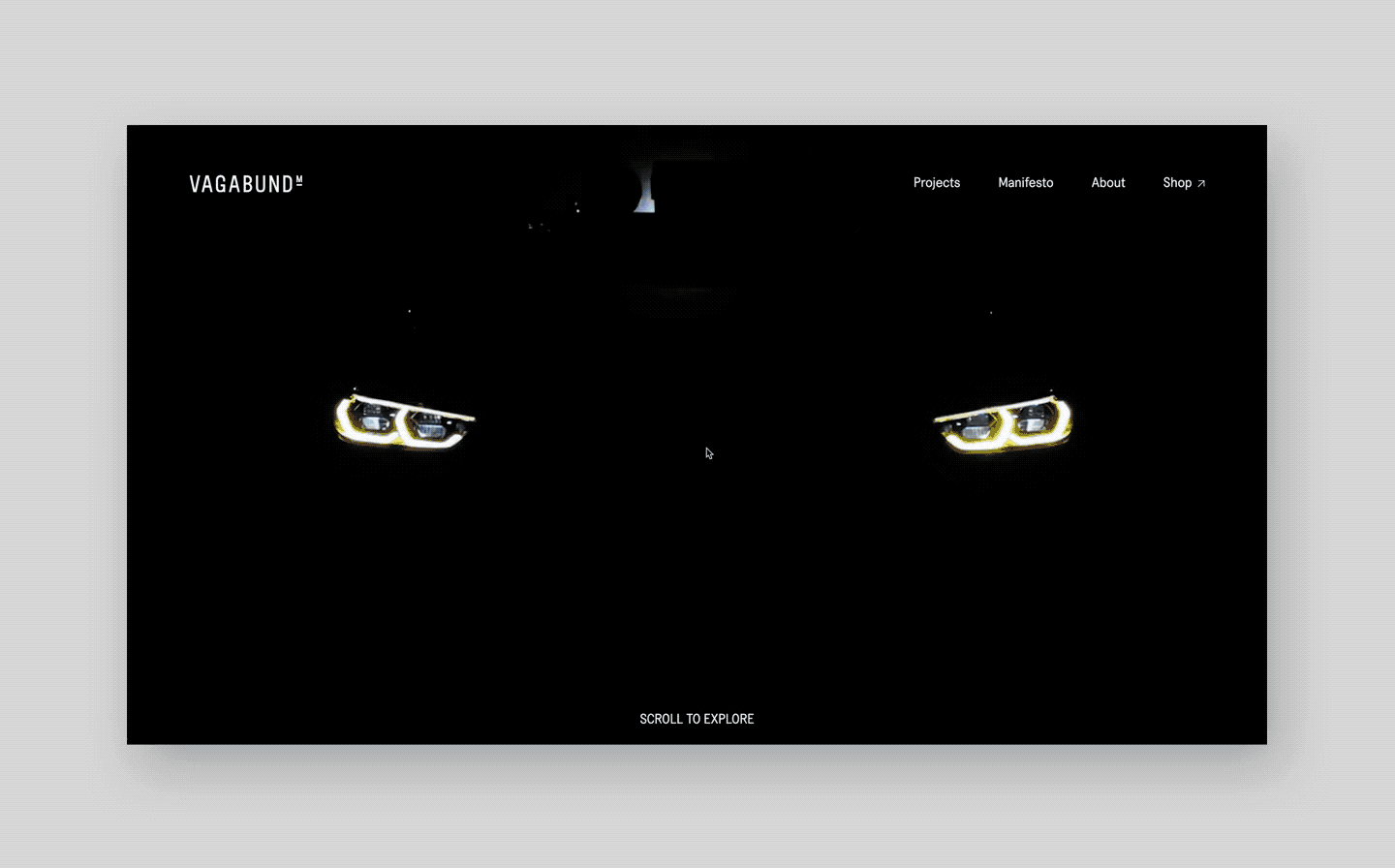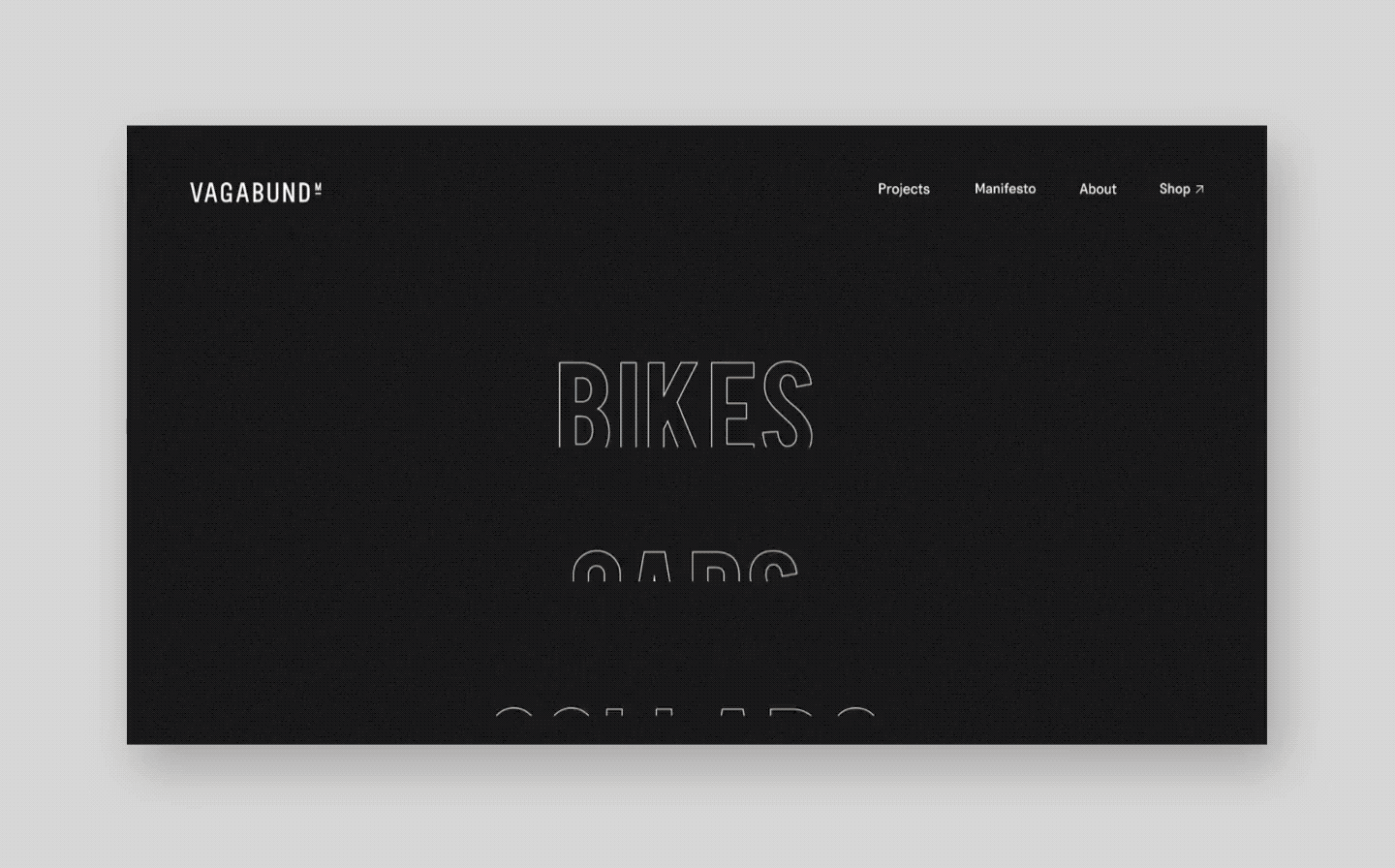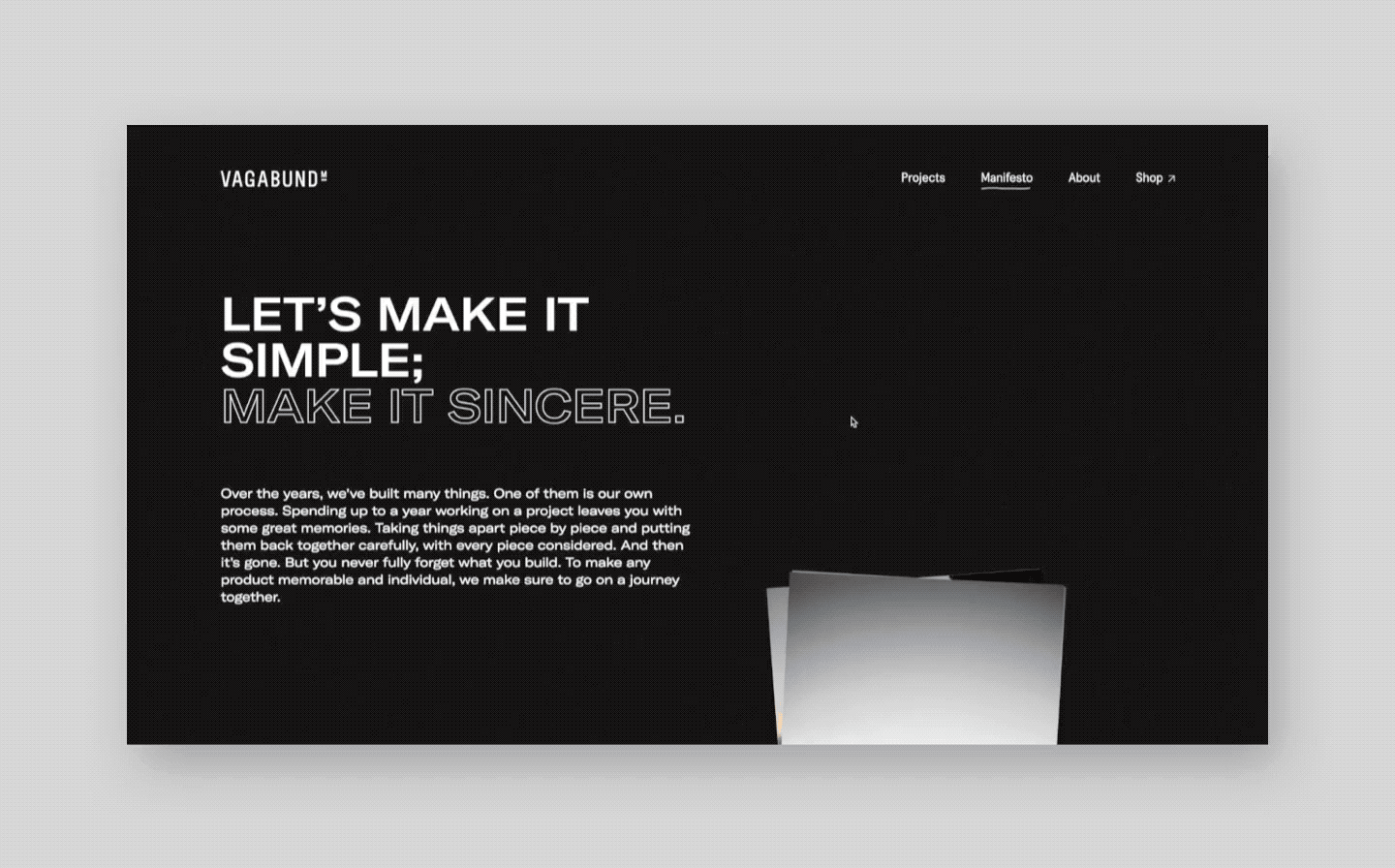What led you into design?
When I was about fifteen years old, I was deep in the E-Sports world, playing Counter-Strike 1.6 competitively with some people I met online. We weren't really good, but like anyone else in that scene, we always tried to present ourselves as bigger and better than we were. There are a few things you need to be a recognized team: a cool name, a logo, a website, ... so actually: a brand.
So I went the only acceptable way to do it as a kid in the mid-2000s and downloaded a cracked version of Photoshop CS2, watched a bunch of tutorials and designed my first website.
I realized that designing was way more fun than gaming and spent every free minute building stuff and making some of my own money.
I joined forces with some other young designers, who also laid down their virtual weapons and instead picked up the brush tool. We went ahead and created a creative online community, where we regularly posted tutorials, exchanged feedback and took on commercial work.
We didn't know anything about usability heuristics, user-centred design, design systems, responsive behaviour, or any of that.
We just did what felt good and didn't overthink it.
What does a typical day look like?
My alarm goes off at 6:30am, so I have enough time to have a relaxed start into the day, have coffee with my wife and get ready. Since we’re both working from home, it’s easy to fall into the trap of not leaving the house at all. That’s why we're doing our best to take a 45-minute walk together every day, to simulate our way to the office.
—
At 9am I’m at my desk and start by writing down my todos for the day in my notebook - writing them out daily helps me to get my head in the game. My mornings are usually filled with alignment calls for current initiatives, ticket reviews and 1:1s.
—
At 12am I start preparing lunch. We subscribe to HelloFresh and I really enjoy taking that time to air out my brain a bit while preparing a home-cooked meal for us.
—
Around 1:30pm my hands-on work starts and depending on what’s currently going on I’ll do sparring sessions with other designers, work on discovery projects for future initiatives or try to figure out how we can optimize processes for our PD department.
—
At around 6 pm I‘m off. In the evenings I like to spend time with friends, read, watch shows and maybe dabble on some side projects.
What's your workstation setup?
Just before I started my current job, we moved into our new apartment. My wife - being the amazing Interior Designer she is - made it a place we truly feel at home.
Especially working remotely full-time, we really needed a great office space and I'm so happy with how it turned out.
Where do you go to get inspired?
Most of my (digital) visual inspiration I get from online galleries, such as Godly, SiteInspire or Minimal Gallery. I also follow a lot of amazing creators on Twitter who constantly inspire me with their work, like Steve Ruiz, Jordan Singer, Rauno Freiberg and many more.
When I look for inspiration away from the screen, I like to go on walks and observe my surroundings. Graz - the city I live in - has lots of beautiful, historic architecture that is truly inspiring to me. I'm fascinated by architectural details and in the past years developed a weird obsession with old doors. Their character and craftsmanship are just lovely.
What product have you recently seen that made you think this is great design?
It's an old hat already but I really enjoy Arc Browser by The Browser Company. It's a beautiful piece of design that rethinks how we browse the internet. Changing behavioural patterns is incredibly hard, but they managed to introduce such delightful new concepts of how to organize your tabs, that even I - who was always a hoarder of browser windows and tabs - managed to bring order into the chaos and stick to it.
Apart from organizing your tabs into multiple spaces, Arc also has awesome features for creating split windows, taking notes and much more.
Truly a lovely experience.

What pieces of work are you most proud of?
In 2021, when I was still working as a Senior Designer at moodley interactive, I got to redesign the website of Vagabund Moto. They're a design studio that creates custom motorbikes, cars & as they say "whatever the f*** they want".
It doesn't happen too often that you find a client you vibe with, has beautiful work to show off and is completely open to your ideas. So when you do, you really get to have some fun with it!
I worked on that project from start to finish - creating the concept, storytelling, UX, visual design & high-fidelity prototyping. I managed to really capture their cool vibe and tell their story. We even won a few awards for it, which is always nice!
Another project I'm proud of is my current portfolio. After more than 10 years of not updating it, I finally sat down and did it. All of the creatives reading this will know how hard designing your own portfolio is, and I made the rookie mistake of overcomplicating things at first; designing an infinite amount of design directions and concepts for it, until one day I made the right call and decided to keep it simple.
The main reason I'm proud of it is that I still fight with my imposter syndrome on a regular basis, and when designing your portfolio you have to stare those insecurities in the face.
When I launched it, it was incredibly well received - so many people reached out, the site got featured in different galleries and I got that confidence boost I really needed.
What design challenges do you face at your company?
Exam preparation is an incredibly stressful and emotional journey for anyone, and designing a product that helps our users in that time requires a high level of empathy for what they’re going through.
As StudySmarter wants to empower everyone to achieve their educational goals, we need to walk a fine line between being opinionated about the experience and making sure our solutions work for any of the individual needs of our users.
The product should be equally valuable to pupils in high school preparing for their English finals as to medicine students who need to ace their anatomy exam.
As a Lead Product Designer, I’m overseeing the work of two of our PD teams and need to ensure we always deliver a consistent, high-quality product experience, that truly benefits learners. My hands-on design work mostly consists of strategic, long-term vision discovery projects and breaking the results down into digestible small steps that might lead us towards that vision. The remaining time is spent on trying to improve processes for our design system, refining our design language and growing our team.
What music do you listen to while designing?
Any advice for ambitious designers?
Replicate to understand
We're all inspired by other people's work and use it on mood boards to derive our visual direction from it. We often look at them from a bird's eye view, but I highly recommend zooming in and trying to replicate something that inspires you as closely as possible. You'll earn a much deeper understanding of the original creator's design choices and will be able to use those learnings in the future.
Zoom out
Sometimes we might get lost in details. And don't get me wrong: Details are important — they make a good solution great. But to arrive at something good, you'll have to zoom out first and understand how your concept will influence everything else.
Ask yourself: How will this influence the rest of the product? Is this solution just a band-aid for a much bigger problem that actually needs fixing? Is the solution aligned with the strategy?
Become a great storyteller
I've met lots of designers who spot great opportunities and generate smart ideas but struggle to present them effectively. As a product designer, you must not only identify these opportunities but also inspire stakeholders to invest in making them a reality. To do this, tell a clear and engaging story. Break complex problems down to their core, share your vision, and take them on a journey on how to get there.
Stay curious
Throughout the years that I've worked as a creative, I've switched my focus a lot. I worked in-house, freelance, with agencies & startups and jumped between frontend development, prototyping, branding, marketing & product design.
Staying curious, embracing change and not getting tired of learning new skills will always pay off.
Anything you want to promote or plug?
Follow me on Twitter to enjoy a mix of rants, appreciations and side project updates!





















